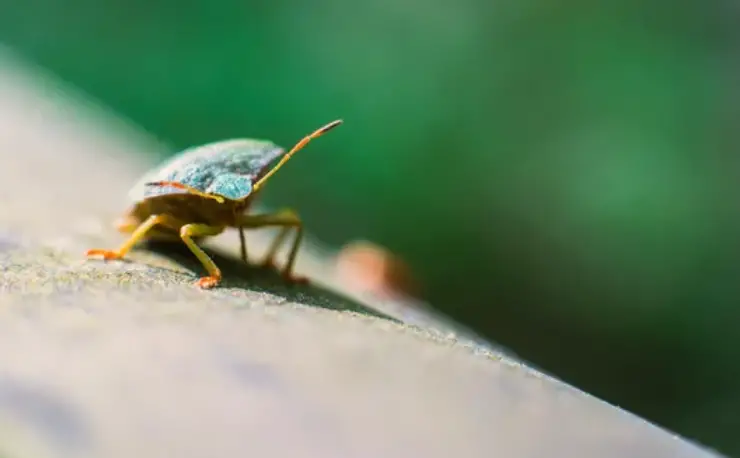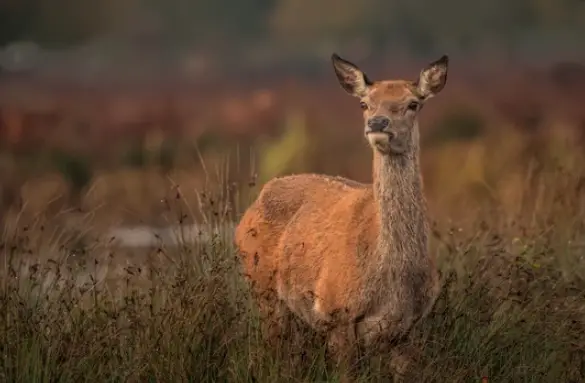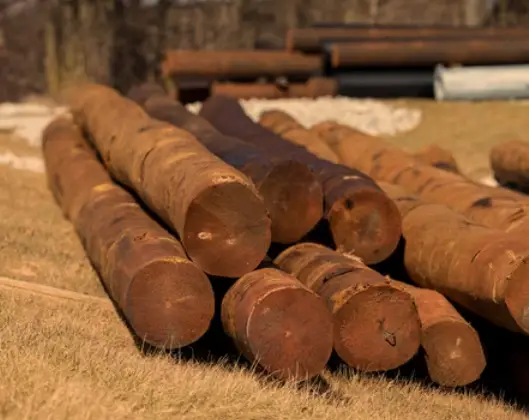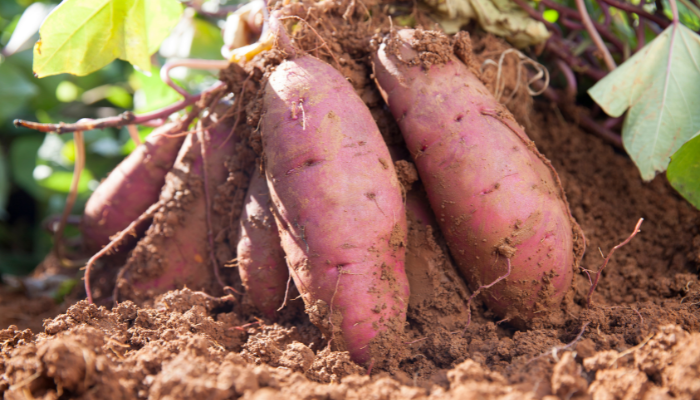What is The Lifespan of a Stink Bug?
What is The Lifespan of a Stink Bug?
Even the tiniest organisms are essential to the complex web of life on Earth.
Even with its humble appearance, stink bugs are not an exception.
Although we frequently see these insects in homes, fields, and gardens, how much do we actually know about their lifespan?
So, we are going into the world of stink bugs in this article, looking at their life cycle, developmental stages, and contributing factors to their longevity.
Life Stages of Stink Bugs
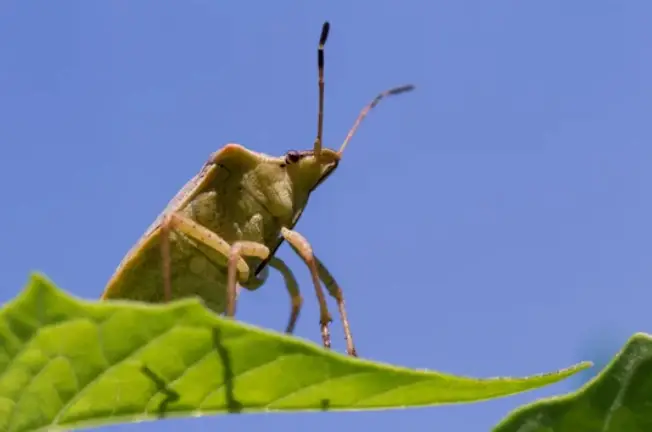
Like many other insects, stink bugs are members of the Pentatomidae family and go through several distinct phases in their life cycle.
Egg Stage
An egg is how a stink bug starts its journey.
The underside of plant stems or leaves is where female stink bugs deposit their eggs.
Usually small and shaped like a barrel, the eggs frequently appear in clusters.
Although the precise length of this stage varies depending on the surrounding conditions (such as temperature and humidity), it usually lasts a few days to several weeks.
Nymph Stage
Nymphs are the offspring of the eggs once they hatch.
These juvenile stink bugs resemble tiny, wingless versions of their adult counterparts.
As they develop, nymphs shed their exoskeleton through a series of molts.
The nymph stage can last anywhere from a few weeks to a few months, depending on the environment and the availability of food, among other things.
Adult Stage
After undergoing several molts, the nymphs eventually transform into adult stink bugs.
This stage is characterized by the development of wings and the ability to reproduce.
Adult stink bugs may live for several weeks to several months, depending on various factors, including the species of stink bug and the environmental conditions in which they reside.
Lifespan among Stink Bug Species
The lifespan of stink bugs varies depending on the species; it is not a universal concept. The lifespans of some of the most prevalent species of stink bugs vary:
Brown Marmorated Stink Bug
Farmers and homeowners have been concerned about this invasive species in recent years. Usually lasting several months, brown marmorated stink bugs have the ability to overwinter and come out the following spring.
Green Stink Bug
Green stink bugs are often found in gardens and agricultural settings. They typically have a lifespan of several weeks to a few months, depending on environmental conditions and food availability.
Southern Green Stink Bug
These stink bugs are commonly found in the Southern United States. Their lifespan can vary, but on average, they live for several weeks to a few months.
Spined Soldier Bug
This predatory stink bug feeds on other insects and is often used in biological pest control. The lifespan of spined soldier bugs can range from a few weeks to a few months, depending on the availability of prey.
Factors Influencing the Lifespan of Stink Bugs
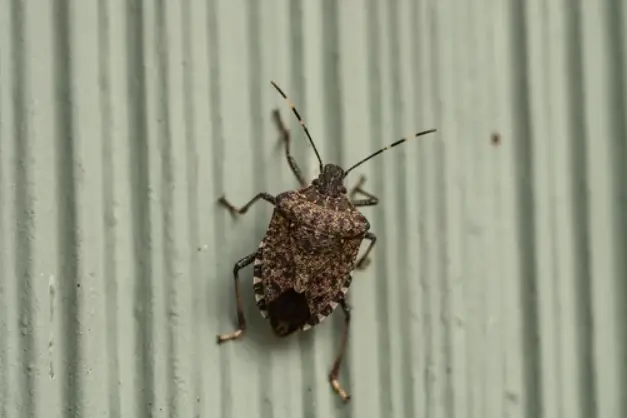
Environmental Conditions
Temperature, humidity, and food availability are critical environmental factors that impact the lifespan of stink bugs. Warmer temperatures often lead to faster development and shorter lifespans, while harsh environmental conditions can reduce their survival.
Predators and Parasites
Stink bugs have their fair share of natural predators, including birds, spiders, and other insects. Additionally, parasitic wasps lay their eggs on stink bug nymphs, which can lead to their untimely demise.
Hibernation and Overwintering
Some stink bug species, like the brown marmorated stink bug, have the ability to overwinter in sheltered locations, allowing them to extend their lifespan.
Reproductive Status
Adult female stink bugs often have shorter lifespans than males. This is because they invest significant energy into laying eggs and caring for their offspring.
Availability of Food
Stink bugs primarily feed on plant sap and can also become agricultural pests. The availability of suitable food sources can greatly impact their lifespan.
The Mystery of Longevity
There is still much to learn about these fascinating insects, even though we have a general understanding of the various stages in their lifespan and the factors that can influence it.
Stink bugs are still being studied by researchers in an effort to learn more about their biology, behavior, and ecological roles.
Like many other insects, stink bugs are an essential component of the ecosystem.
They are essential to preserving ecological balance because they can function as both predators and prey.
Also, knowing their life cycle and lifespan is crucial for controlling their populations in both urban and agricultural settings.
In summary, the life cycle of a stink bug is a complicated and diverse subject.
It differs between species and depends on a number of variables, such as the surrounding environment, the presence of predators, and the availability of food.
These insects are an important component of the complex web of life that surrounds us, not just a bother.
The amazing diversity of life on Earth is becoming more and more apparent as our understanding of stink bugs expands.

